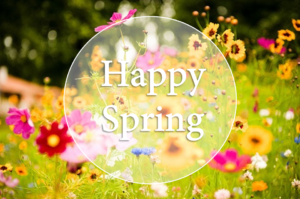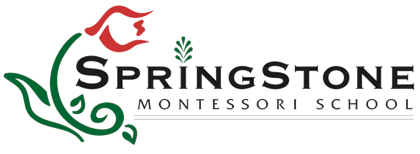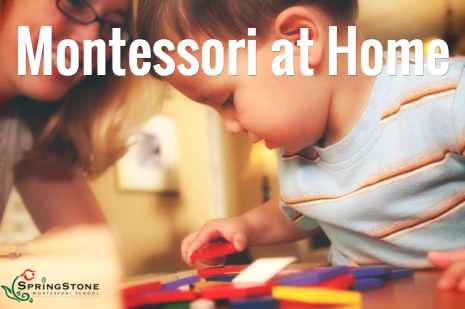The Movable Alphabet – An important Montessori Language Material
When do we use the Movable Alphabet?
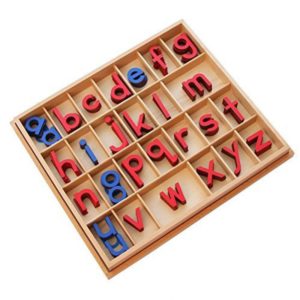 When we work with our preschool students on expanding their language skills once they have mastered letter name and sound recognition, the Movable Alphabet is an important material to help our students progress into spelling and building words. Most often, we will use picture cards or concrete objects, and we ask the student to identify the object(s).
When we work with our preschool students on expanding their language skills once they have mastered letter name and sound recognition, the Movable Alphabet is an important material to help our students progress into spelling and building words. Most often, we will use picture cards or concrete objects, and we ask the student to identify the object(s).
The Movable Alphabet can also be used in an unplanned fashion when children enjoy telling stories during circle time. It is a great opportunity for a teachable moment to let children work together to spell words that are of interest to them and build them with the Movable Alphabet.
While you may not have a Movable Alphabet, you can still play the game of spelling and building words with your child. You can do so on your ride to school and back home, in the grocery store, or during mealtimes. Whatever is of interest to your child, even princesses and superheroes, you can explore this interest to help expand your child’s language skills.
How do we start working with a student when using the Movable Alphabet for the first time?
We begin by taking out the letters one by one and ask the student to tell us the sound of each letter. When the student completes this task effortlessly, the student is clearly ready to move on to the next step. To make it interesting, we can have the student pull objects from a mystery bag. For the first step, we would have objects in the bag that represent 3-letter words with a short vowel ‘a’.
Let’s start with the word ‘cat’.
The student may pull out a small cat figurine and tell us that the object is a cat. We will then say something like, “Let’s see if we can build the word cat.” We place the cat on the floor mat and say, “What is the first sound you hear in the word cat?” The student will respond by saying “c”, and then search for the letter in the Movable Alphabet. Once the student finds the letter, he/she places it on the floor mat beside the little cat figurine.
We then ask, “What sound do you hear after the sound ‘c’?” With vowel sounds being more complicated, the student may need a little assistance, and we can say the word, ‘cat’, and really emphasize the middle sound. Once the student hears the sound “a”, the student selects the letter from the Movable Alphabet, placing it carefully beside the ‘c’. The student then finds the last “t” sound and places it at the end of the word. To finish the process, we sound out each of the letter sounds together, and the student realizes that he/she in fact built the word ‘cat.’
It is an incredible feeling of success when the student completes his/her first word. This feeling of pride and success sets the stage for the student’s continued language work.
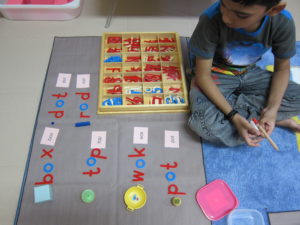
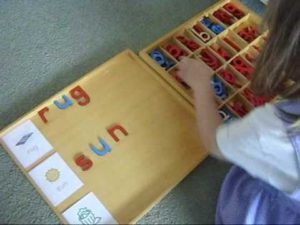
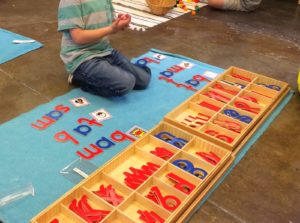
We will continue the same process with the student selecting other objects with the short vowel ‘a’ until the student exhibits a desire to move on to another activity.
If the student is interested in completing the construction of all the words for the objects / picture cards, we consistently encourage his/her enthusiasm. If the student is ready and eager, we may extend this activity further by asking the student to write / trace all the words he/she has built.
